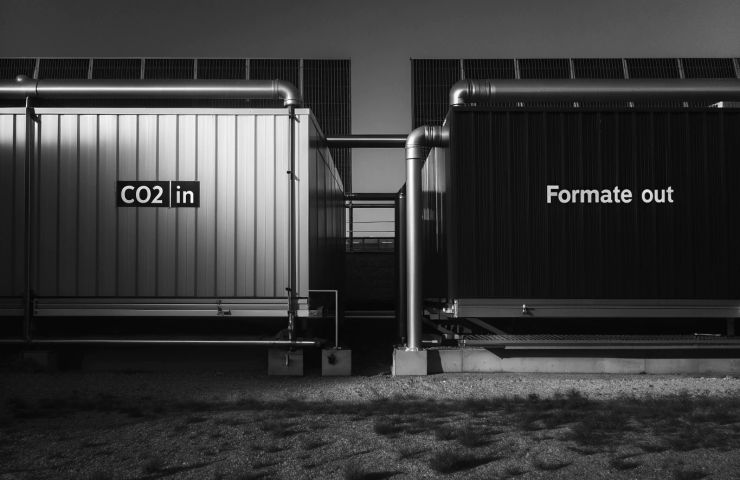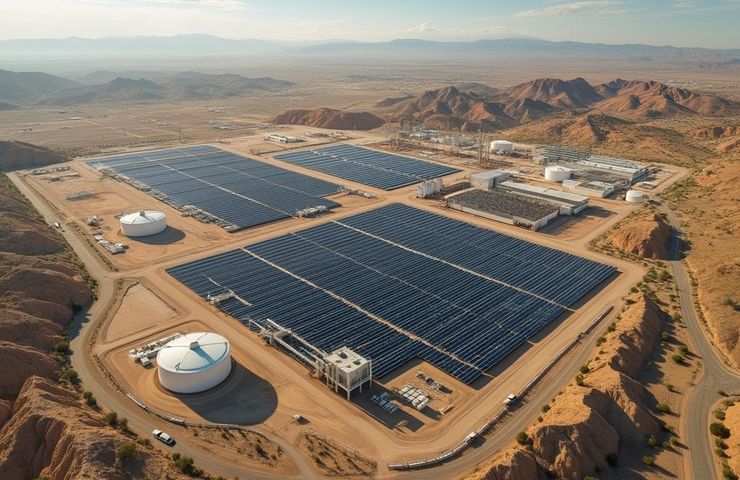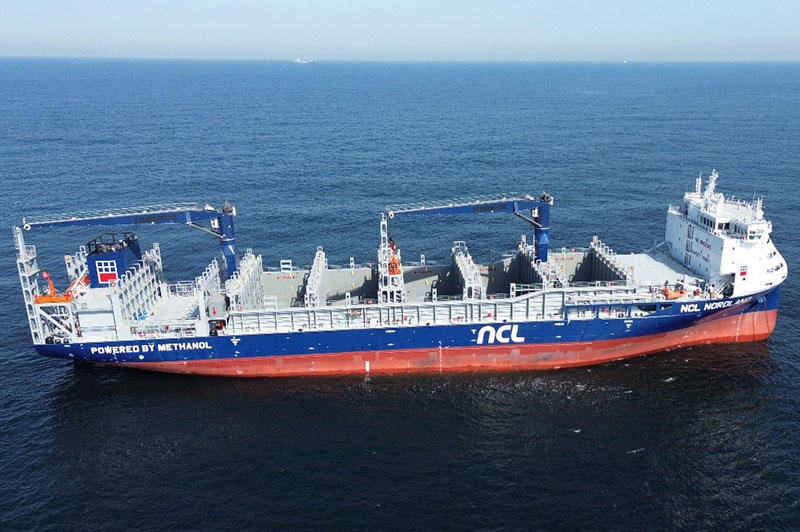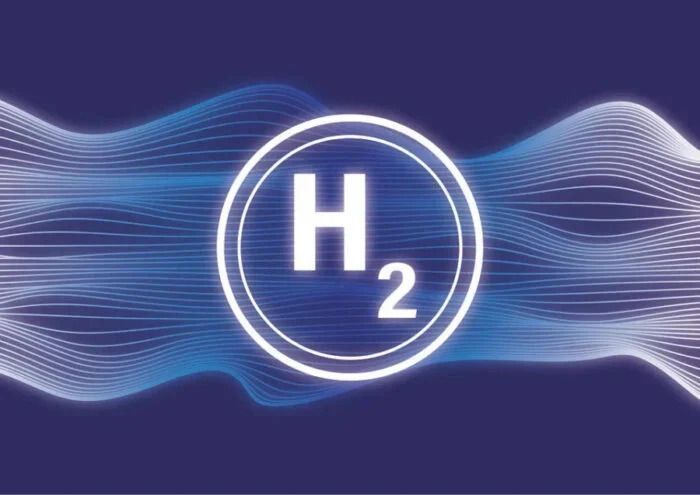Hybrid deep learning model for PV forecasting in scenarios with considerable fluctuations
Researchers in China conceived a new PV forecasting approach that integrates causal convolution, recurrent structures, attention mechanisms, and the Kolmogorov–Arnold Network (KAN). Experimental results demonstrate that the proposed model outperforms 10 existing forecasting models.

Researchers in China conceived a new PV forecasting approach that integrates causal convolution, recurrent structures, attention mechanisms, and the Kolmogorov–Arnold Network (KAN). Experimental results demonstrate that the proposed model outperforms 10 existing forecasting models.
Researchers from East China Normal University have developed a novel PV power prediction model for scenarios with considerable fluctuations.
Dubbed CRAK, the new hybrid deep learning model combines a convolution layer, followed by a recurrent layer, an attention mechanism, and a Kolmogorov–Arnold Network (KAN).
“The model emphasizes the integration of diverse input features to capture critical factors influencing historical outputs, while effectively extracting the linear, nonlinear, and static characteristics of the PV data, enabling comprehensive temporal and inter-diurnal modeling,” the scientists explained. “The experimental results demonstrated that the CRAK network effectively addressed the complexities and uncertainties of PV data, achieving superior predictive accuracy and stability compared to existing methods.”
The model
In the convolution layer portion of the model, feature maps that capture underlying patterns are created based on historical PV and weather data. Later, the recurrent structure kicks in, extracting sequential features from the map created in the previous stage. The recurrent structure uses both gated recurrent unit (GRU) and bidirectional long short-term memory (BiLSTM) networks.
“The attention mechanism layer enhances the network’s ability to focus on important features. It addresses both the channel and spatial dimensions of feature maps, suppresses irrelevant information, and amplifies significant features,” explained the academics. “The KAN layer consists of two main components— namely, a knowledge base and a knowledge fusion module. The knowledge base stores domain-specific knowledge, such as rules, expert insights, and relevant prior information, which helps the network to better understand the data and improve prediction accuracy. The knowledge fusion module integrates this domain-specific knowledge with the features extracted from the convolutional and recurrent layers.”
Ultimately, all these layers work together to predict power generation.
To demonstrate the model, the scientists used real-world data from a PV power station in China. It included time series weather information, actual PV power generation, and current data recorded from January 19, 2023, to May 16, 2023, with a five-minute resolution. Overall, 37,000 data points were used and partitioned into training, validation, and test datasets in an 8:1:1 ratio.
“The model was trained with an input window of the five previous data points to forecast the next 96 time steps per sample. The batch size was set to 32, and the learning rate was optimized to 5e-4 through hyperparameter tuning,” emphasized the scientists. “We determined that 30 epochs would be sufficient for training, as further epochs yielded negligible further improvement.”
The results
The model was then asked to supply a short-term forecast (one step, five minutes ahead), a medium-term forecast (30 steps, 2.5 hours ahead), and a long-term forecast (96 steps, eight hours ahead). It was tested against ten other models on the same datasets, namely BiLSTM, Conv-GRU, Conv-BiLSTM, Conv-KAN, Conv-GRU-BiLSTM, GRU-BiLSTM-KAN, Conv-BiLSTM-KAN, Transformer, ASMNet, and EEMD-DARNN.
“Owing to the relatively low complexity of single-step prediction, all models achieved high quantitative accuracy,” the research team stated. “However, the proposed CRAK model outperformed the baselines, achieving the best results with MAPE, RMSE, MAE, and R2 values of 0.024, 0.032, 0.015, and 0.999, respectively. Notably, the R2 metric was extremely close to 1, indicating the remarkable accuracy and effectiveness of the proposed model.”
Also, in the midterm term testing, the CRAK model led the group. It had the best MAPE, MAE, and R2, with results of 0.039, 10.182, and 0.958, respectively. In the medium term, it ranked second in terms of RMSE, with a value of 15.118. Conv-GRU-BiLSTM performed best on this metric, with an RMSE of 14.917. “The forecast curves generated by the proposed method for 96-step demonstrated a closer alignment with the actual values than the other methods,” concluded the researchers.
The new model was described in “Multi-component framework for improved photovoltaic power forecasting performance,” published in the ETRI Journal.
What's Your Reaction?



























































